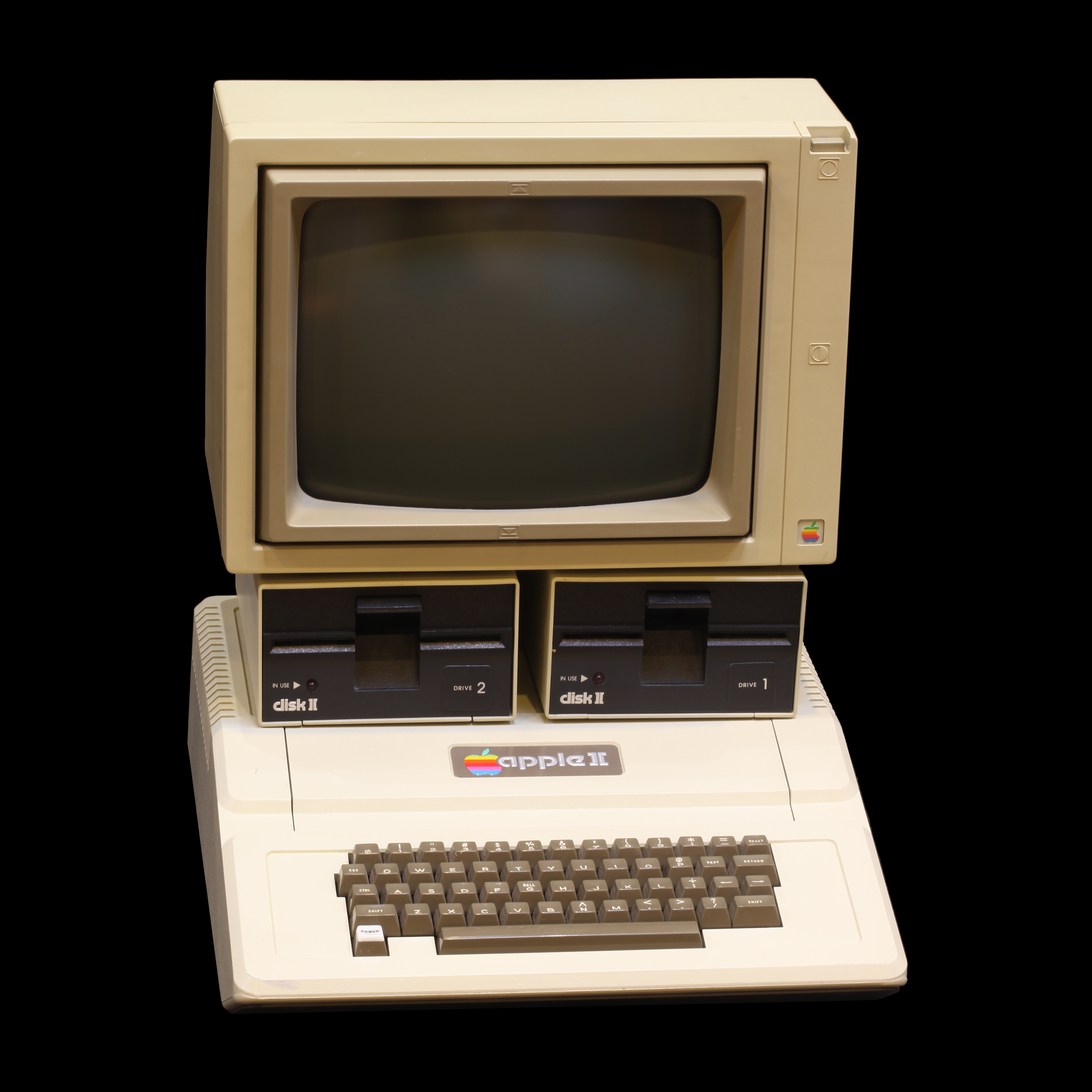|
Slide-rule
A slide rule is a hand-operated mechanical calculator consisting of Sliding (motion), slidable Ruler, rulers for conducting mathematical operations such as multiplication, division (mathematics), division, exponents, Nth root, roots, logarithms, and trigonometry. It is one of the simplest analog computer, analog computers. Slide rules exist in a diverse range of styles and generally appear in a linear, circular or cylindrical form. Slide rules manufactured for specialized fields such as aviation or finance typically feature additional scales that aid in specialized calculations particular to those fields. The slide rule is closely related to nomograms used for application-specific computations. Though similar in name and appearance to a standard ruler, the slide rule is not meant to be used for measuring length or drawing straight lines. Maximum accuracy for standard linear slide rules is about three decimal significant digits, while scientific notation is used to keep track of ... [...More Info...] [...Related Items...] OR: [Wikipedia] [Google] [Baidu] [Amazon] |
HP-35
The HP-35 was Hewlett-Packard's first pocket calculator and the world's first ''scientific'' pocket calculator: a calculator with trigonometric and exponential functions. It was introduced in 1972. History In about 1970 HP co-founder Bill Hewlett challenged France Rode to create a "shirt-pocket sized HP-9100". At the time, slide rules were the only practical portable devices for performing trigonometric and exponential functions, as existing pocket calculators could only perform addition, subtraction, multiplication, and division. Introduced at , like HP's first scientific calculator, the desktop 9100A, it used reverse Polish notation (RPN) rather than what came to be called "algebraic" entry. The "35" in the calculator's name came from the number of keys. The original HP-35 was available from 1972 to 1975. In 2007 HP announced the release of the "retro"-look HP 35s to commemorate the 35th anniversary of the launch of the original HP-35. It was priced at . The HP-35 was ... [...More Info...] [...Related Items...] OR: [Wikipedia] [Google] [Baidu] [Amazon] |
William Oughtred
William Oughtred (5 March 1574 – 30 June 1660), also Owtred, Uhtred, etc., was an English mathematician and Anglican clergyman.'Oughtred (William)', in P. Bayle, translated and revised by J.P. Bernard, T. Birch and J. Lockman, ''A General Dictionary, Historical and Critical'', (James Bettenham, for G. Strachan and J. Clarke, London 1734/1739), Vol. VIIIpp. 77-86(Google). After John Napier discovered logarithms and Edmund Gunter created the logarithmic scales (lines, or rules) upon which slide rules are based, Oughtred was the first to use two such scales sliding by one another to perform direct multiplication and division. He is credited with inventing the slide rule in about 1622. He also introduced the "×" symbol for multiplication and the abbreviations "sin" and "cos" for the sine and cosine functions. Clerical life Education The son of Benjamin Oughtred of Eton in Buckinghamshire (now part of Berkshire), William was born there on 5 March 1574/75 and was educated a ... [...More Info...] [...Related Items...] OR: [Wikipedia] [Google] [Baidu] [Amazon] |
Human Error
Human error is an action that has been done but that was "not intended by the actor; not desired by a set of rules or an external observer; or that led the task or system outside its acceptable limits".Senders, J.W. and Moray, N.P. (1991) Human Error: Cause, Prediction, and Reduction'. Lawrence Erlbaum Associates, p.25. . Human error has been cited as a primary cause and contributing factor in disasters and accidents in industries as diverse as Nuclear and radiation accidents and incidents, nuclear power (e.g., the Three Mile Island accident), Pilot error, aviation, List of spaceflight-related accidents and incidents, space exploration (e.g., the Space Shuttle Challenger disaster and Space Shuttle Columbia disaster), and Medical error, medicine. Prevention of human error is generally seen as a major contributor to Data integrity, reliability and safety of (complex) systems. Human error is one of the many contributing causes of risk events. Definition Human error refers to somethi ... [...More Info...] [...Related Items...] OR: [Wikipedia] [Google] [Baidu] [Amazon] |
Graduation (scale)
A graduation is a marking used to indicate points on a visual scale, which can be present on a container, a measuring device, or the axes of a line plot, usually one of many along a line or curve, each in the form of short line segments perpendicular to the line or curve. Often, some of these line segments are longer and marked with a numeral, such as every fifth or tenth graduation. The scale itself can be linear (the graduations are spaced at a constant distance apart) or nonlinear. Linear graduation of a scale occurs mainly (but not exclusively) on straight measuring devices, such as a rule or measuring tape, using units such as inches or millimetres. Graduations can also be spaced at varying spatial intervals, such as when using a logarithmic, for instance on a measuring cup, can vary in scale due to the container's non-cylindrical shape. Graduations along a curve Circular graduations of a scale occur on a circular arc or limb of an instrument. In some cases, non-circ ... [...More Info...] [...Related Items...] OR: [Wikipedia] [Google] [Baidu] [Amazon] |
Slide Rule Scale
A slide rule scale is a line with graduated markings inscribed along the length of a slide rule used for mathematical calculations. The earliest such device had a single logarithmic scale for performing multiplication and division, but soon an improved technique was developed which involved two such scales sliding alongside each other. Later, multiple scales were provided with the most basic being logarithmic but with others graduated according to the mathematical function required. Few slide rules have been designed for addition and subtraction, rather the main scales are used for multiplication and division and the other scales are for mathematical calculations involving trigonometric, exponential and, generally, transcendental functions. Before they were superseded by electronic calculators in the 1970s, slide rules were an important type of portable calculating instrument. Slide rule design A slide rule consists of a body and a slider that can be slid along within the b ... [...More Info...] [...Related Items...] OR: [Wikipedia] [Google] [Baidu] [Amazon] |
Slide Rule-homemade Teaching Base 2
Slide or Slides may refer to: Places * Slide, California, former name of Fortuna, California Arts, entertainment, and media Music Albums * ''Slide'' (Lisa Germano album), 1998 * ''Slide'' (George Clanton album), 2018 *''Slide'', by Patrick Gleeson, 2007 * ''Slide'' (Luna EP), 1993 * ''Slide'' (Madeline Merlo EP), 2022 Songs * "Slide" (Slave song), 1977 * "Slide" (The Big Dish song), 1986 * "Slide" (Goo Goo Dolls song), 1998 * "Slide" (Calvin Harris song), 2017 * "Slide" (FBG Duck song), 2018 * "Slide" (French Montana song), 2019 * "Slide" (H.E.R. song), 2019 * "Slide" (Madeline Merlo song), 2022 * "Slide" (¥$ song), 2024 * "Step Back"/"Slide", by Superheist, 2001 *"Slide", by Chris Brown from ''Breezy (album), Breezy'' *"Slide", by Dido from ''No Angel (album), No Angel'' *"Slide", by Doechii from ''Alligator Bites Never Heal'' *"The Slide", by Cowboy Junkies from ''One Soul Now'' Other uses in music *Slide (musical ornament), a musical embellishment found particularly in Baro ... [...More Info...] [...Related Items...] OR: [Wikipedia] [Google] [Baidu] [Amazon] |
United States
The United States of America (USA), also known as the United States (U.S.) or America, is a country primarily located in North America. It is a federal republic of 50 U.S. state, states and a federal capital district, Washington, D.C. The 48 contiguous states border Canada to the north and Mexico to the south, with the semi-exclave of Alaska in the northwest and the archipelago of Hawaii in the Pacific Ocean. The United States asserts sovereignty over five Territories of the United States, major island territories and United States Minor Outlying Islands, various uninhabited islands in Oceania and the Caribbean. It is a megadiverse country, with the world's List of countries and dependencies by area, third-largest land area and List of countries and dependencies by population, third-largest population, exceeding 340 million. Its three Metropolitan statistical areas by population, largest metropolitan areas are New York metropolitan area, New York, Greater Los Angeles, Los Angel ... [...More Info...] [...Related Items...] OR: [Wikipedia] [Google] [Baidu] [Amazon] |
Desktop Computers
A desktop computer, often abbreviated as desktop, is a personal computer designed for regular use at a stationary location on or near a desk (as opposed to a portable computer) due to its size and power requirements. The most common configuration has a case that houses the power supply, motherboard (a printed circuit board with a microprocessor as the central processing unit, memory, bus, certain peripherals and other electronic components), disk storage (usually one or more hard disk drives, solid-state drives, optical disc drives, and in early models floppy disk drives); a keyboard and mouse for input; and a monitor, speakers, and, often, a printer for output. The case may be oriented horizontally or vertically and placed either underneath, beside, or on top of a desk. Desktop computers with their cases oriented vertically are referred to as towers. As the majority of cases offered since the mid 1990s are in this form factor, the term ''desktop'' has been retronymical ... [...More Info...] [...Related Items...] OR: [Wikipedia] [Google] [Baidu] [Amazon] |
Obsolete
Obsolescence is the process of becoming antiquated, out of date, old-fashioned, no longer in general use, or no longer useful, or the condition of being in such a state. When used in a biological sense, it means imperfect or rudimentary when compared with the corresponding part of other organisms. The international standard IEC 62402:2019 Obsolescence Management defines obsolescence as the "transition from available to unavailable from the manufacturer in accordance with the original specification". Obsolescence frequently occurs because a replacement has become available that has, in sum, more advantages compared to the disadvantages incurred by maintaining or repairing the original. Obsolete also refers to something that is already disused or discarded, or antiquated. Typically, obsolescence is preceded by a gradual decline in popularity. Consequences Driven by rapid technological changes, new components are developed and launched on the market with increasing speed. The resul ... [...More Info...] [...Related Items...] OR: [Wikipedia] [Google] [Baidu] [Amazon] |
Digital Electronic Computer
A computer is a machine that can be programmed to automatically carry out sequences of arithmetic or logical operations (''computation''). Modern digital electronic computers can perform generic sets of operations known as ''programs'', which enable computers to perform a wide range of tasks. The term computer system may refer to a nominally complete computer that includes the hardware, operating system, software, and peripheral equipment needed and used for full operation; or to a group of computers that are linked and function together, such as a computer network or computer cluster. A broad range of industrial and consumer products use computers as control systems, including simple special-purpose devices like microwave ovens and remote controls, and factory devices like industrial robots. Computers are at the core of general-purpose devices such as personal computers and mobile devices such as smartphones. Computers power the Internet, which links billions of compute ... [...More Info...] [...Related Items...] OR: [Wikipedia] [Google] [Baidu] [Amazon] |
Mainframe
A mainframe computer, informally called a mainframe or big iron, is a computer used primarily by large organizations for critical applications like bulk data processing for tasks such as censuses, industry and consumer statistics, enterprise resource planning, and large-scale transaction processing. A mainframe computer is large but not as large as a supercomputer and has more processing power than some other classes of computers, such as minicomputers, servers, workstations, and personal computers. Most large-scale computer-system architectures were established in the 1960s, but they continue to evolve. Mainframe computers are often used as servers. The term ''mainframe'' was derived from the large cabinet, called a ''main frame'', that housed the central processing unit and main memory of early computers. Later, the term ''mainframe'' was used to distinguish high-end commercial computers from less powerful machines. Design Modern mainframe design is characterized less b ... [...More Info...] [...Related Items...] OR: [Wikipedia] [Google] [Baidu] [Amazon] |






